Concrete slab foundations, crucial for construction, face challenges like settlement, root damage, and structural failures. Early identification through regular inspection is key to preventing costly repairs. Signs of distress include cracks, uneven floors, and water seepage. Repair methods range from epoxy injections to underpinning, with Non-Destructive Testing (NDT) ensuring safe assessments. Structural stabilization techniques, such as steel reinforcement and polymer products, extend slab life. Resurfacing and leveling restore integrity, while technology like drones and advanced materials enhance repair precision and durability. Concrete repair costs vary based on damage severity, with minor fixes being economical and major structural work costing tens of thousands. Regular maintenance, including sealing, waterproofing, and cleaning, protects against moisture-related issues, ensuring long-term stability and saving on future repairs.
Concrete slab foundations are integral to many structures, providing a stable base. However, over time, these foundations can develop issues due to various factors like settlement, shifting soil, or poor initial construction. Understanding common problems and knowing the signs of damage is crucial for prompt action. This article guides you through the process of concrete slab foundation repair, from identifying issues to modern technology’s role, ensuring your home’s structural integrity for years to come. Explore effective solutions with cost considerations and learn long-term maintenance tips for optimal concrete repair.
Understanding Concrete Slab Foundations and Common Issues
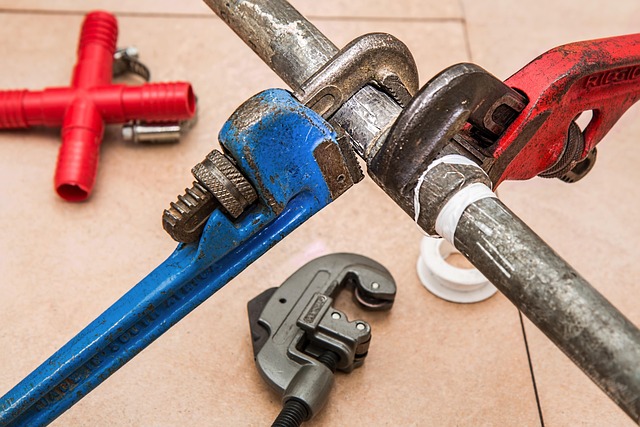
Concrete slab foundations are a staple in many construction projects, providing a sturdy base for structures. These slabs, typically made from reinforced concrete, are designed to support significant weight and last for decades with proper care. However, various factors can lead to damage and cracks over time, affecting both structural integrity and aesthetic appeal. Understanding these common issues is the first step towards effective concrete repair.
One of the most frequent problems is settlement or shifting of the slab due to uneven soil compaction or changes in moisture levels. This can result in visible cracks and unevenness on the floor surface. Another issue is damage caused by tree roots, which can disrupt the foundation’s stability. Moreover, concrete slabs may suffer from structural failures due to improper construction, such as inadequate reinforcement or incorrect concrete mixture, leading to significant repairs or even replacement. Identifying these issues early on is crucial for effective concrete repair and ensuring the longevity of structures built on slab foundations.
Identifying Signs of Damage in Your Slab Foundation
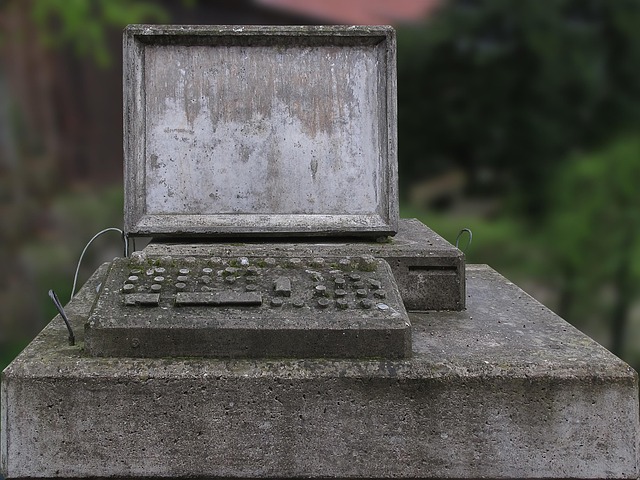
Many homeowners often overlook potential issues with their slab foundations until significant damage occurs. Regular inspection is key to preventing concrete repair problems. Some common signs of distress in your concrete slab foundation include cracks, uneven floors, stuck or misaligned doors and windows, water seepage, and visible gaps around fixtures. Cracks can range from hairline fractures to larger, diagonal cracks that may indicate structural instability. Uneven surfaces or floors that feel lopsided are also red flags, as they could signal settling or shifting of the foundation.
Types of Concrete Repair Methods Available

When it comes to repairing a concrete slab foundation, several effective methods are available that cater to different degrees of damage and specific structural requirements. The key is to identify the right approach based on the issue at hand—cracking, sinking, or bowing. One common and straightforward method is the use of epoxy injections, which fill and strengthen cracks, preventing further deterioration. This technique is ideal for minor to moderate cracks.
For more extensive repairs, lifting and stabilizing methods are employed. These involve jacking up the concrete slab and installing support beams or piers to redistribute weight and stabilize the structure. This process is particularly useful for slabs that have sunk or become uneven. Each repair method has its advantages and is chosen based on a thorough assessment of the damage, ensuring long-lasting Concrete Repair solutions.
Non-Destructive Testing Techniques for Evaluation

When it comes to evaluating concrete slab foundations, Non-Destructive Testing (NDT) techniques offer a safe and effective way to assess structural integrity without causing damage. These methods are particularly valuable in the realm of concrete repair as they allow professionals to pinpoint issues accurately. One popular NDT technique is ground-penetrating radar (GPR), which uses radio waves to create images of the slab’s interior, revealing cracks, voids, or other defects. This technology enables technicians to make informed decisions about the extent of damage and choose the most suitable concrete repair methods.
Another crucial NDT tool is ultrasonic testing, employing high-frequency sound waves to detect subtle anomalies in the concrete structure. By measuring the time it takes for these waves to travel through the material, experts can identify weak spots and measure the depth of cracks. This non-invasive approach ensures minimal disruption to the existing foundation while providing valuable data for effective concrete repair strategies.
Structural Stabilization: Reinforcement Options
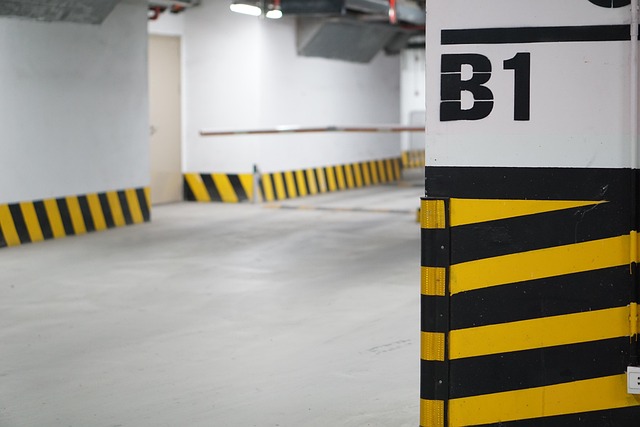
Structural stabilization is a crucial aspect of concrete slab foundation repair, aiming to enhance the structural integrity and longevity of the slab. There are several reinforcement options available for this purpose, each with its unique benefits and applications. One common method involves using steel bars or mesh, which are embedded within the concrete during construction or retrofitted afterward. This technique, known as steel reinforcement, significantly increases the load-bearing capacity of the slab, making it ideal for repairing cracks, settling issues, or reinforcing existing structures.
Another effective approach is the use of polymer-based products, such as injection resins and fiber-reinforced composites. These modern solutions can fill and strengthen cracks, preventing further damage and providing a durable repair. Polymer modifications also enhance the bond between the repair material and the concrete, ensuring long-term stability. When choosing a reinforcement option, it’s essential to consider factors like the extent of damage, structural requirements, environmental conditions, and cost, ensuring the most suitable solution for effective concrete repair.
Resurfacing and Leveling: Restoring Slab Integrity
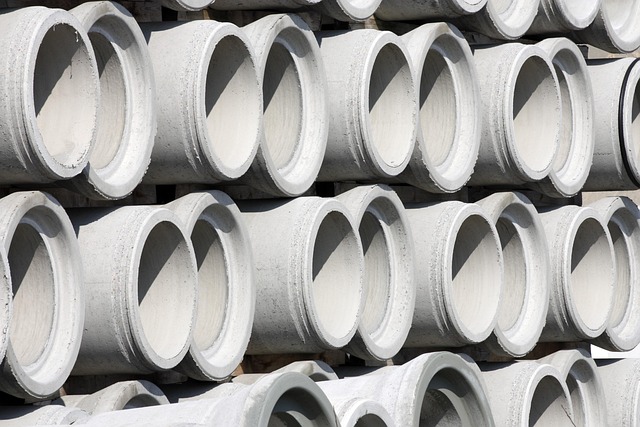
Resurfacing and leveling is a common concrete repair method used to restore the integrity and stability of a slab foundation. This process involves removing any cracks, holes, or uneven surfaces from the concrete, ensuring it provides a level and solid base for structures above. By smoothing and strengthening the slab, this technique can extend the life of the foundation, preventing further damage and costly repairs.
During resurfacing, old or damaged concrete is carefully removed, revealing the underlying structure. Once prepared, a new layer of concrete is poured to match the original grade, resulting in a seamless and level surface. This method not only addresses aesthetic concerns but also provides structural support, making it an effective solution for various concrete repair needs.
The Role of Technology in Modern Concrete Repair

In today’s digital era, technology plays a pivotal role in revolutionizing the concrete repair process. Advanced tools and techniques are now readily available to professionals, enabling them to assess, diagnose, and rectify concrete slab issues with unprecedented precision and efficiency. From drone inspections that capture high-resolution images for detailed analysis, to specialized software that models structural integrity, these innovations streamline the entire repair lifecycle.
Furthermore, new materials like advanced epoxy injections and fiber-reinforced composites offer superior strength and durability compared to traditional methods. This not only enhances the long-term stability of concrete structures but also reduces the need for frequent repairs, making it a game-changer in the field of concrete repair.
Cost Considerations for Different Repair Approaches
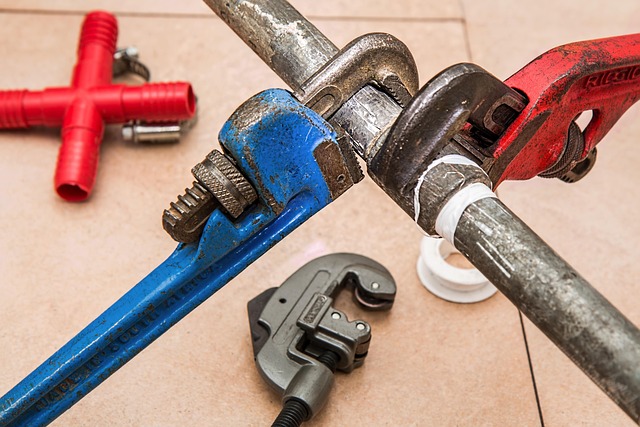
When considering concrete slab foundation repair, cost is a significant factor. The expense can vary greatly depending on the severity of the damage and the chosen repair method. For smaller cracks and surface-level issues, epoxy injection or carbon fiber wrapping are cost-effective solutions. These methods involve less material and labor compared to more extensive repairs like replacing entire sections of the slab.
For moderate to severe cases, where significant structural damage has occurred, underpinning or even complete slab replacement might be necessary. Such approaches carry higher price tags due to the extensive work involved. However, they ensure long-term stability and are ideal for critical structures. Concrete repair costs can range from a few hundred dollars for minor fixes to tens of thousands for major structural repairs, emphasizing the importance of assessing damage thoroughly before selecting a repair strategy.
Long-Term Maintenance and Prevention Strategies

Maintaining a concrete slab foundation over the long term is essential for structural integrity and can prevent costly repairs. Regular inspection is key; looking for signs of damage, cracks, or settlement. Addressing issues early through professional concrete repair services can avert more severe problems. Sealing and waterproofing are effective prevention strategies, especially in regions with high moisture levels, as these measures protect against corrosion and erosion caused by water penetration.
Regular maintenance also includes keeping the area around the foundation clear of debris and ensuring proper drainage to prevent water buildup, which can lead to weakened concrete over time. Regular cleaning and reapplication of sealing agents are recommended to maintain a protective barrier. By implementing these strategies, homeowners and property managers can extend the lifespan of their concrete slab foundations, saving money and ensuring structural stability.
